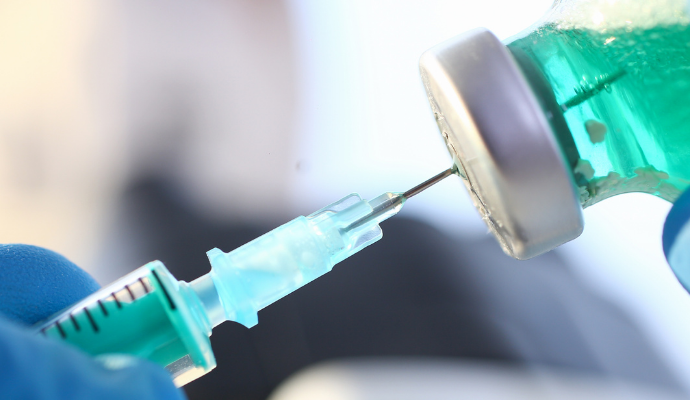Fall COVID Vaccine Boosters Could Prevent over 100,000 Deaths
A recent analysis by the Commonwealth Fund estimates that a fall COVID vaccine booster campaign could prevent over 100,000 deaths.

Source: Getty Images
- A post by the Commonwealth Fund approximates that over 100,000 lives would be saved with fall COVID booster campaigns. Though many people and institutions have the misconceived notion that the COVID rates are a concern of the past, researchers and healthcare professionals believe that this coronavirus is here to stay.
As new COVID variants appear, healthcare organizations continue to research the mechanisms of the disease and look for new ways to prevent infection. Earlier, the Biden Administration proposed plans to minimize the spread of BA.5, an Omicron subvariant.
The Commonwealth Fund analysis explores how advocating for fall COVID boosters could save lives and money by modeling transmission with and without boosters in early fall using previously collected data.
In the baseline scenario, researchers assumed that the daily vaccination rates would persist through March 2023. The model included two alternative scenarios: (1) the booster rate mimicking influenza booster rates and (2) an 80% booster rate for eligible patients.
According to their analysis, fall boosters could prevent up to 160,000 deaths.
Following the first alternative scenario, approximately 102,000 deaths and 1,028,389 hospitalizations could be avoided. These efforts would also alleviate the financial burden of COVID-19 by saving roughly $63 billion in direct medical costs.
However, an 80% booster rate could yield even better outcomes — this model suggests an 80% booster rate could prevent around 160,000 deaths and 1.7 million hospitalizations. The financial savings could nearly double, with an estimated $109 billion saved in direct medical costs.
“Vaccine doses and administration costs would rise between $3.2 billion and $7.4 billion compared with the baseline scenario where vaccination rates remain at the current pace. At booster coverage mirroring the 2020–2021 influenza campaign, this translates to $1,241 in savings per dose. In moving from the lower coverage target to the higher, savings of $706 per dose would be realized,” the researchers said in the publication.
This study data show that the benefits of an early fall vaccine campaign outweigh the potential costs. This analysis, like many others, emphasizes the importance of boosters and increased funding for boosters.
The investigators acknowledge that as new variants appear, current vaccines provide less protection against the virus. However, current vaccines have prevented nearly all severe symptoms and deaths. Boosters may provide patients with an additional layer of protection.
“A campaign that mirrors seasonal influenza vaccination would save both lives and costs. If the COVID-19 vaccination campaign coincides with seasonal flu shots, public health officials could use existing outreach and delivery mechanisms to achieve vaccination targets, reducing costs even further than we estimate here. A fraction of the cost savings generated could be earmarked for public health outreach dedicated to vaccination,” concluded the researchers in the publication.
